Why active learning is one of the best ways to host online classes
In this article, we will explore active learning as one of approaches to online classes. Let’s dive deeper into how it’s hosted on various online platforms like video sharing, video conferencing, collaborative platforms, and specialised search tools.
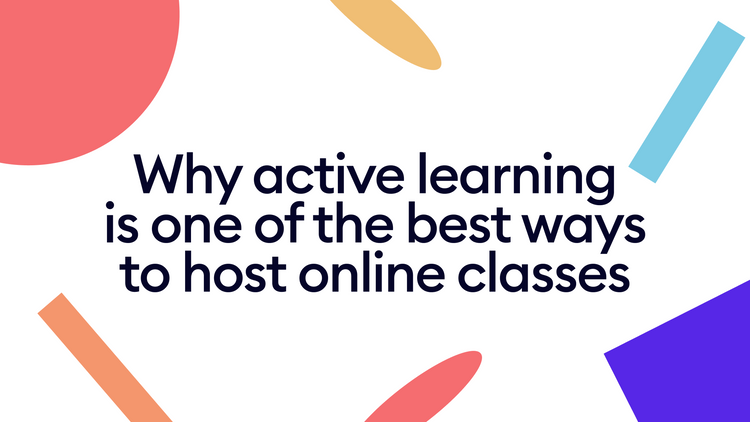
Online learning is getting increasingly popular now, indeed keeping students engaged and focused can be a challenge.
In this article, we will explore active learning as one of approaches to online classes. Let’s dive deeper into how it’s hosted on various online platforms like video sharing, video conferencing, collaborative platforms, and specialised search tools.
If you're an online teacher, a corporate trainer or facilitator, it should help you keep participants engaged and achieve their learning goals.
Why use active learning?
In traditional classroom approach, active learning includes discussions, group work, hands-on activities, involving students in the learning process. In recent years we observe a rising trend of spread of active learning.

Sometimes students lose attention during online classes. However, active learning allows for a more personalized learning experience, it helps learners learn and remember new information better.
Active learning allows for a more personalized learning experience. Students can actively explore topics of interest, engage with the material at their own pace, and receive immediate feedback. Such approach promotes greater participation and inclusivity among students.

During interactive discussions, small group activities, and other participatory techniques, students feel encouraged to contribute, share their thoughts, and engage in meaningful dialogue. It helps create a more inclusive learning environment.
Never mind it’s an in-person or online format, active learning is vital for any training program. As a result, active learning promotes better retention and recall of information. When students actively engage with the material through activities like debates, presentations, or teaching others, they are more likely to remember and understand the concepts in the long term.
Most popular approaches to active learning
When active approach is properly implemented, it significantly enhances student engagement, understanding, and overall learning outcomes. Did you know it can be just as good online as it is offline? Below, you'll find some approaches to active learning online:
- Themed Lessons are aimed to engage people more deeply with a topic. Learners explore related concepts and ideas through multimedia resources, interactive activities, and discussions. For such lessons, consider your students' interests, learning objectives, and the resources available to create a cohesive learning centered around the chosen topic.
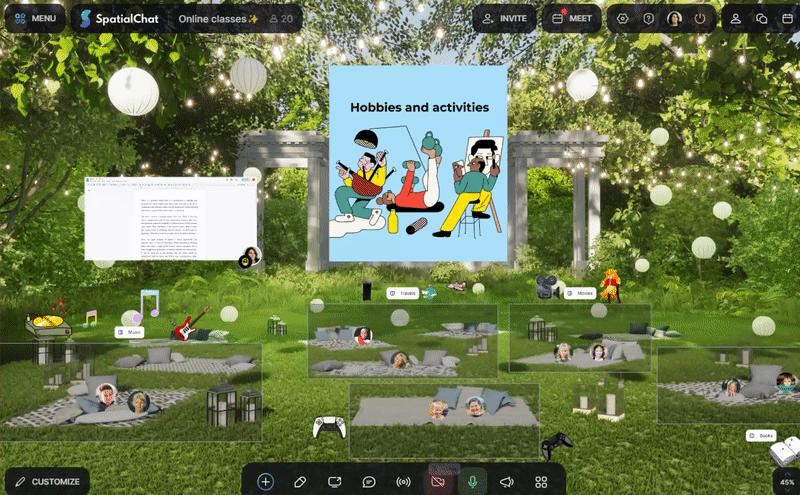
- Learning through Acquisition usually involves passive learning, and the emphasis here is on exposure to authentic language input, such as conversations, texts, and real-life interactions. Learners are encouraged to understand and make sense of the language in context, focusing on meaning rather than explicit rules.
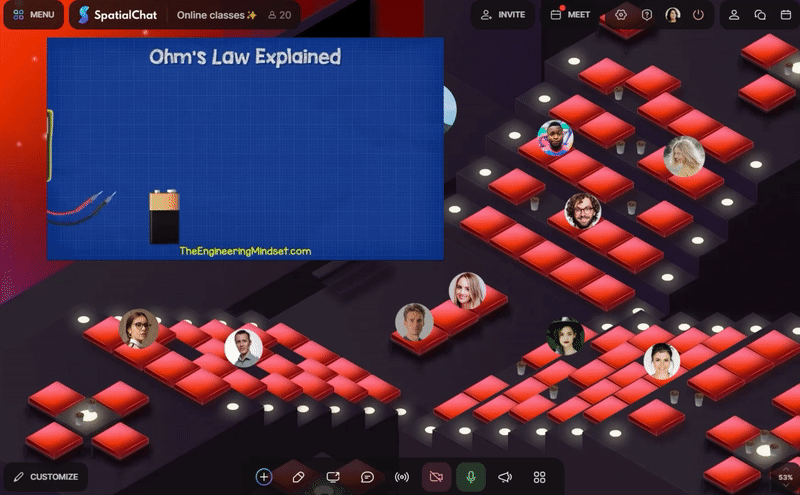
- Inquiry-based learning puts students at the center of the learning process. They take an active role in asking questions, making decisions, and pursuing their own lines of inquiry. This learning type often involves collaborative work. Learners collaborate with peers, share ideas, discuss findings, and present their learning to others. This fosters communication skills, teamwork, and the exchange of diverse perspectives.

- Learning through Discussion incorporates a structured dialogue for learners to articulate, question, argue, and observe what is unclear to them. Discussions require to think critically, analyze information, and reflect on their own understanding. In this way, they are encouraged to evaluate different perspectives, challenge assumptions, and develop evidence-based arguments.
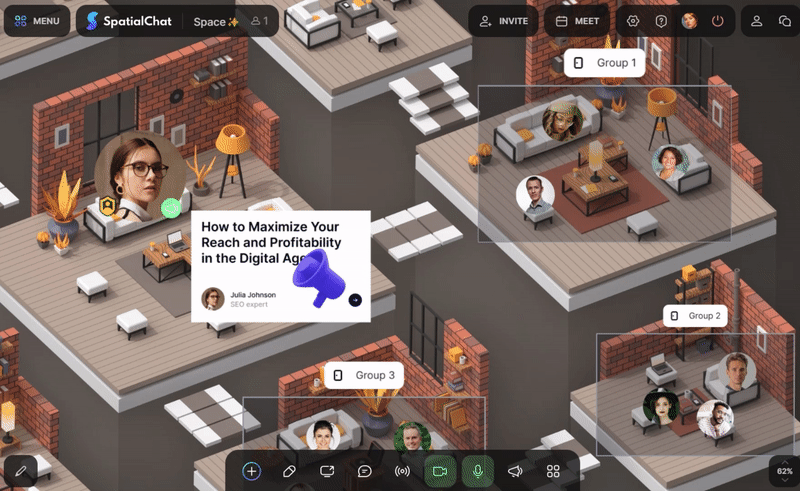
- Learning through Practice means setting tasks and goals to achieve. Practice activities promote skill development and proficiency. Students gain hands-on experience and develop the necessary skills together with the competence required in specific topics.
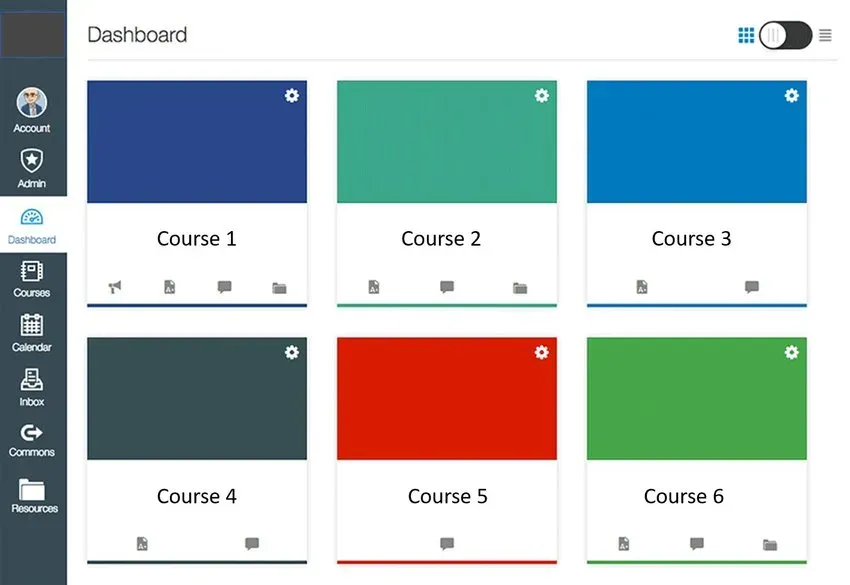
- Learning through Collaboration is when learners work with each other to achieve a shared goal. It leverages strengths of a group, fosters critical thinking skills, and prepares for real-world collaborative environment. Students learn to work effectively with others, develop empathy, appreciate diverse perspectives, and practice cooperation skills.
- Finally, when you're learning through Production, it focuses on active creation, application, and production of knowledge or artifacts.
Production activities enable to apply what learners have learned in authentic context as they solve problems, design solutions, or create something new.
Trending tools for active learning online
- Traditional video conferencing platforms help learners connect seamlessly and develop a profound understanding of the topic when they see each other clearly as if in the offline room.
- Collaborative or video conferencing platform like SpatialChat all facilitate Learning through Practice, Learning through Discussion, Learning through Collaboration, and Themed Lessons.
SpatialChat has emerged as one of the best interactive video-conferencing platforms to facilitate activities when students split into groups and participate in collaborative activities. - The toolset from YouTube to Google Podcasts is great for Themed Lessons, Learning through Discussion, and Learning through Practice. These services consolidate and deepen knowledge of the studied topic.
- Popular survey-hosting platforms such as Qualtrics, SurveyGizmo, SurveyMonkey, and Google Forms allow learners get involved in independent research. Perfect for Inquiry-based learning in particular!
- Tools like Miro, Figma, Google Docs, ClickUp are fantastic fit to learn to collaborate with others and understand things from different points of view.
We recommend to use them in Learning through Practice and Learning through Collaboration approaches. - Make use of Canva, VistaCreate, Videvo, Clipchamp or similar ones to let students show their knowledge to a teacher and get some feedback to keep getting better.
It's a really active way to learn to build their creativity and communication skills, especially for Learning through Production approach.
Overall, active learning approach in online classes promotes student engagement, collaboration, critical thinking, and personalized approach. With interactive tools, multimedia resources, and collaborative platforms, you can create dynamic learning for better student results together with a sense of connection in the virtual classroom.
Helpful materials
Here are some helpful links and great resources to dive deeper into the world of SpatialChat.
Let's explore it😊

Basics of SpatialChat
Let's kick things off with some simple guidelines to help you begin your journey of interacting.

Use cases Guides
Discover creative ways to enhance your virtual interactions and collaborations..
